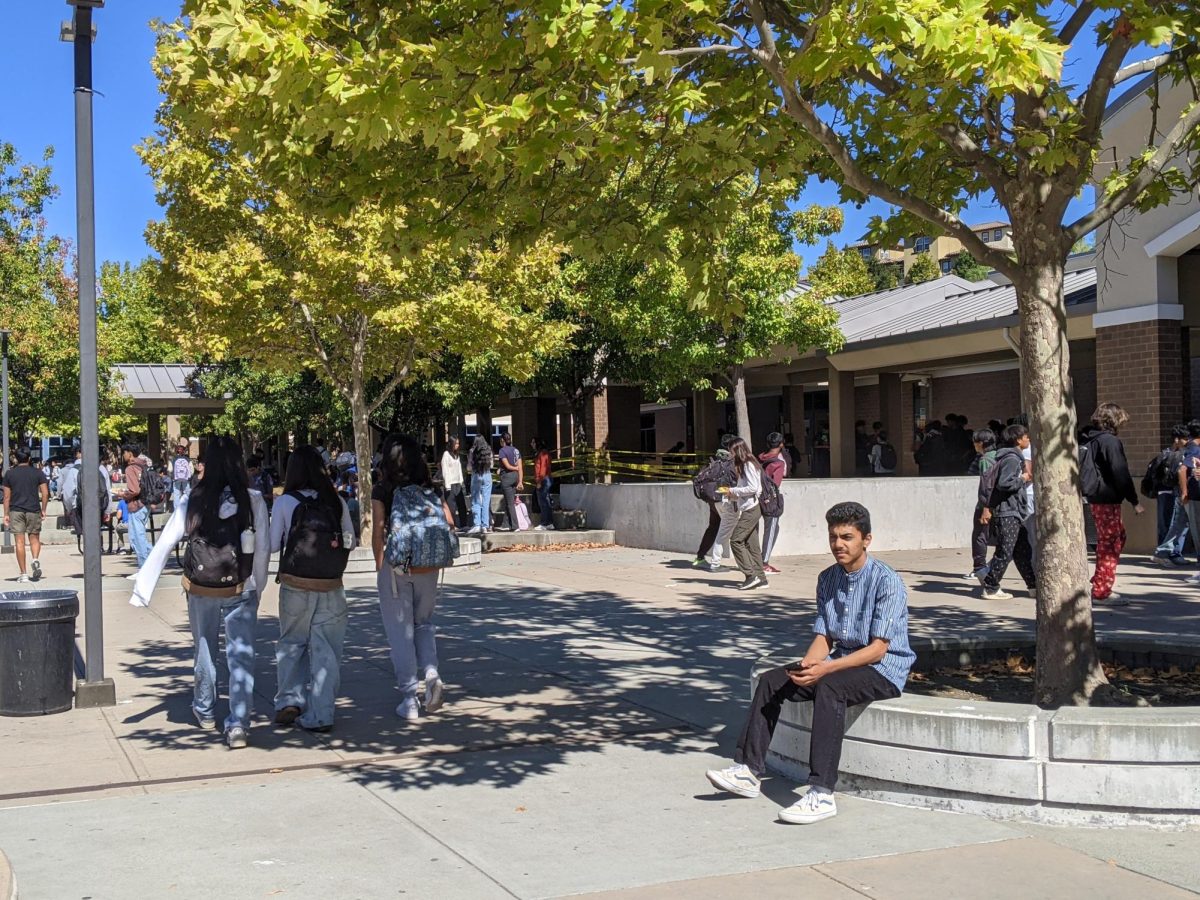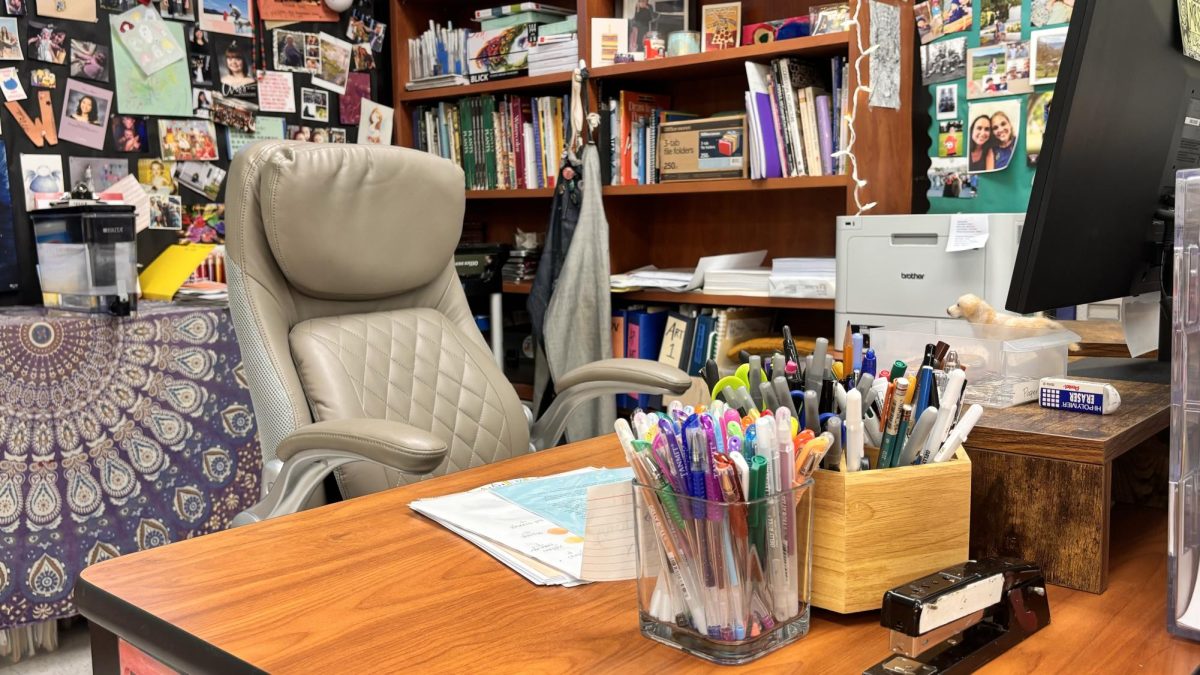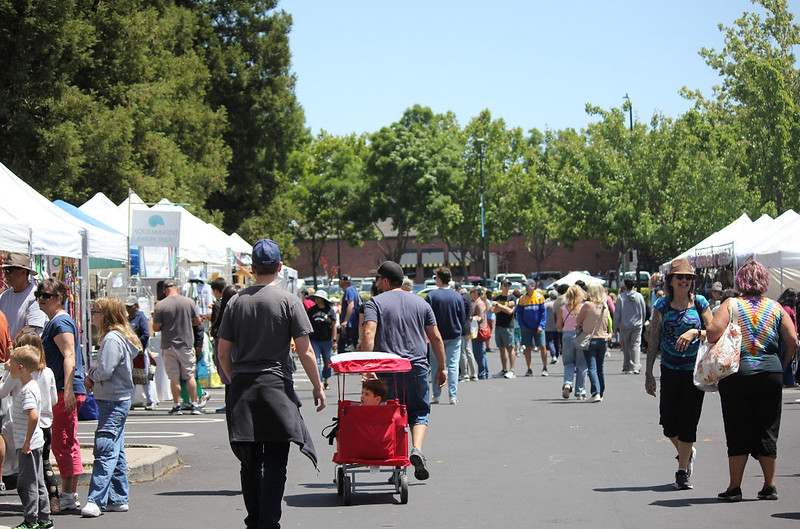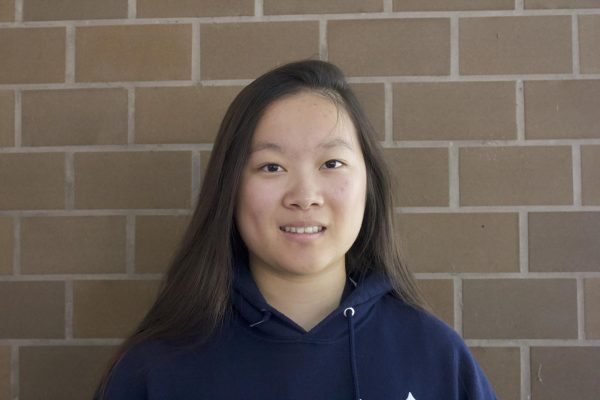When DVHS junior Abhishek Jolad immigrated to the U.S. as a first-grader back in October 2014, he would have never thought that in 10 years, he would be stressing about how to stay in the U.S.
“I didn’t know anything about this country,” Jolad said when describing his arrival to the U.S. “I don’t know if I even was able to speak English properly.”
Jolad currently holds an H-4 status in the U.S. as the child of his father, an H1-B visa holder. In the H1-B visa system, once an H1-B holder obtains a green card, a status that allows for permanent residency in the U.S., all H-4 dependents for that H1-B holder will also automatically obtain green cards, meaning that they will have permanent U.S. residency alongside their previous H1-B visa holders.
However, Jola’s circumstance as an unmarried minor child is different from a legal spouse like his mother.
“Once you’re 21, you are kicked out of the line [for the green card]. You can no longer be dependent on your family.” Jolad explained.
By the H1-B system, only people under the age of 21 can have the status of a child. Thus, once a person passes the age of 21, they will lose their H-4 status and will have to reapply for a visa for them to remain in the U.S. Additionally, the previous H-4 holder will not be able to obtain a green card when the H1-B visa holder obtains the status.
Currently, Jolad and his family have waited for nine years for a green card approval, his father having applied for one back in 2015. Jolad will turn 17 this year. For Jolad to receive a green card along with his father, his father would have to receive a green card within the next four years.
Unfortunately, green card approval rates have dropped to record lows with only 3% of green card applicants expected to receive permanent residency in 2024. Additionally, the long wait-time for Indians to obtain a green card worries Jolad about the security of his legal U.S. residency.
“People don’t think about ‘am I going to be in America in a couple years?’ The answer is yes because I’m a citizen. But I’m not a citizen,” Jolad said. “So whether I actually stay here is a probability. It’s not a guaranteed thing.”
With an increasing green card wait line, combined with an aging-out policy, Jolad could potentially end up in an endless cycle if Jolad were to stay in the U.S..
“That’s the problem,” Jolad said. “My dad could take like 50 years to get his green card. By that time, I would have been out of the line. I would have to reapply.”
But, reapplying would essentially put Jolad back at the long wait list his father was previously in, thus restarting the cycle.
“It’s going to take me more than a hundred years [to get a green card], so I have to keep going,” Jolad said. “I’d be dead by the time I get a green card. My kid, if I were to have one, would also have to reapply at 21.”
In an effort to create change, over the summer, Jolad created a non-profit organization called H4 Life in order to raise awareness about the predicament that H-4 dependent children like himself face. Currently, Jolad has created a website for posting stories of other H-4 dependent children. Starting within the DVHS community, Jolad has been reaching out to students in similar circumstances as himself, hoping to spark interest.
“If you get enough awareness and enough people to write about their stories, representatives will talk with them and then try to get them to push the motion forward as well,” Jolad explained.
Despite his efforts, Jolad continues to experience frustration about his circumstances in the U.S., even contemplating the reality of the American dream for immigrant children.
“I’ve lived here for longer than I’ve been in India. I’m more American than I am Indian in that sense. Yet I still haven’t experienced the American dream,” Jolad vented. “It’s been 10 years since I moved to the U.S. and I still haven’t experienced that said ‘American dream.’ It’s kind of just disappointing in that sense.”
Note: This is an updated version of the article.






